Do you ever wonder if artificial intelligence (AI) could take over the role of firefighters? Well, here’s a surprising fact: AI has the potential to revolutionize firefighting.
Imagine a future where AI-powered systems can detect fires faster than humans, potentially saving countless lives and minimizing property damage.
In this article, we will explore the role of AI in firefighting, its advantages, challenges, and how it can collaborate with human firefighters.
Get ready to dive into an exciting world where technology and freedom intersect!
Key Takeaways
- AI technology plays a crucial role in detecting and extinguishing fires more efficiently.
- The integration of AI in firefighting enables real-time insights and enhances firefighting strategies.
- AI applications in fire prevention include early detection systems and smart firefighting equipment.
- Future prospects of AI in firefighting involve the continued advancement of machine learning algorithms and the reduction of false alarms through regular maintenance and calibration of AI systems.
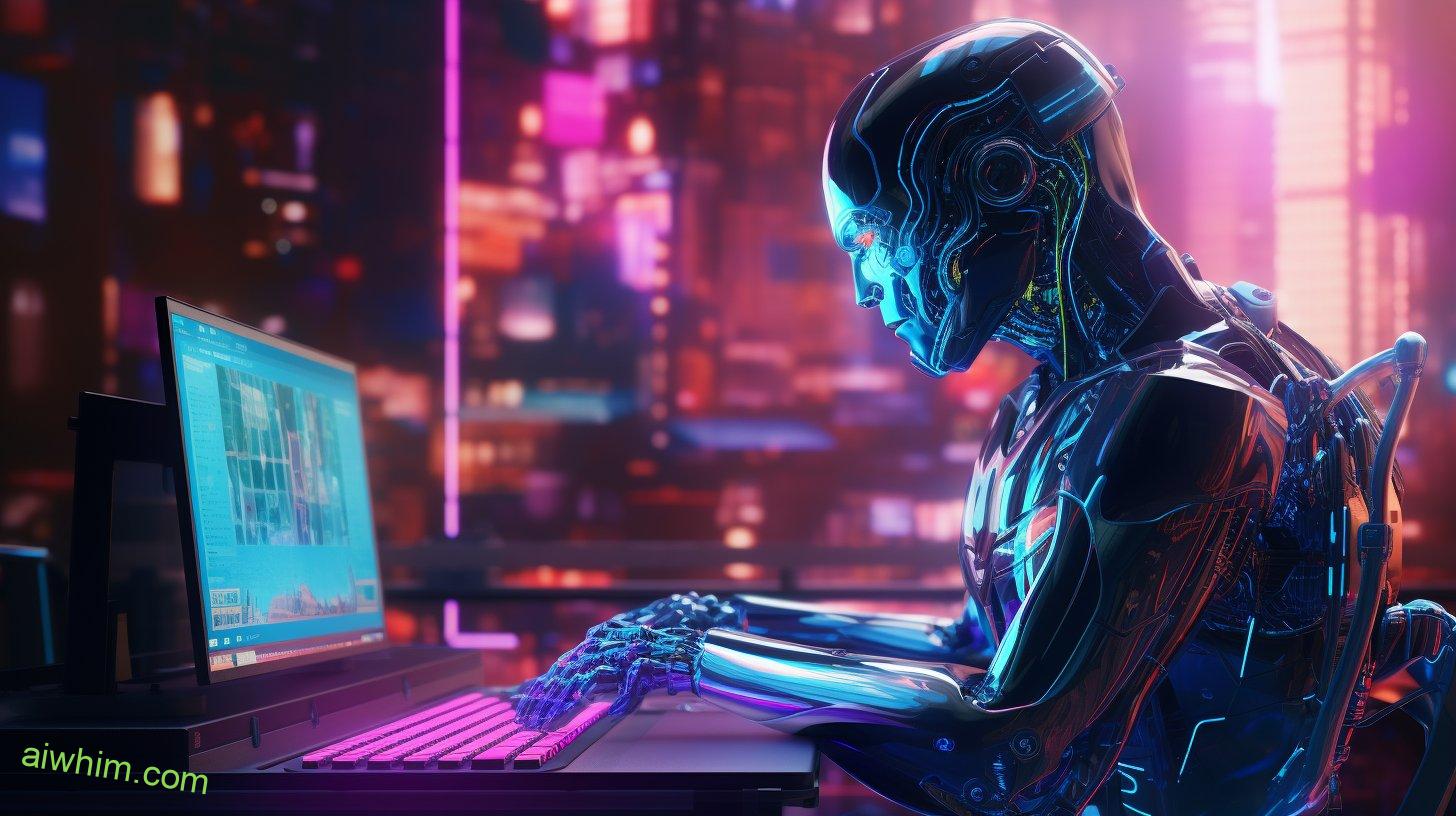
The Role of AI in Firefighting
AI can assist firefighters in detecting and extinguishing fires more efficiently. Imagine a world where technology works hand in hand with firefighters, enhancing their abilities and ensuring the safety of communities. The advantages of AI technology in firefighting are numerous, offering promising applications in fire prevention.
One key advantage is the ability of AI to analyze vast amounts of data quickly and accurately. By processing information from sensors, cameras, and other sources, AI can identify potential fire hazards before they escalate into full-blown disasters. This early detection allows firefighters to respond swiftly and prevent further damage.
Furthermore, AI-powered systems can improve firefighting operations by providing real-time insights during emergency situations. For instance, drones equipped with thermal imaging cameras can scout affected areas and relay valuable information to firefighters on the ground. This not only saves time but also helps prioritize resources for maximum efficacy.
Another promising application is the development of intelligent firefighting robots. These machines can enter hazardous environments without endangering human lives and carry out tasks such as locating trapped individuals or suppressing flames using water cannons or foam dispensers. With their advanced sensors and algorithms, these robots can navigate through smoke-filled rooms or collapsed structures with ease.
Moreover, AI technology enables predictive modeling that aids in fire prevention strategies. By analyzing historical data on past incidents, weather patterns, building designs, and population density, AI algorithms can identify high-risk areas prone to fires. This knowledge empowers authorities to implement preventive measures like improved building codes or targeted education campaigns.

Advantages of AI Technology in Firefighting
The use of AI technology in firefighting has numerous benefits. With the advancements in artificial intelligence, the applications of this technology in fire emergencies have become increasingly valuable. Here are some advantages and applications of AI in firefighting:
- Enhanced Fire Detection:
- AI-powered sensors can detect fires more accurately and quickly than traditional methods.
- These sensors can analyze data in real-time to identify potential fire hazards, enabling swift action.
- Improved Firefighting Strategies:
- AI algorithms can process vast amounts of data from various sources, including weather conditions, building structures, and past incidents.
- By analyzing this data, firefighters can develop effective strategies to combat fires more efficiently.
- Predictive Maintenance:
- AI systems can monitor equipment health and predict failures before they happen.
- This allows for proactive maintenance, minimizing downtime during emergencies.
- Autonomous Drones:
- Drones equipped with AI algorithms can navigate through hazardous environments and provide real-time situational awareness to firefighters.
- They can also assist in search-and-rescue missions by identifying trapped individuals or assessing structural damage.
- Virtual Reality Training:
- AI technology enables realistic simulations that aid firefighters in training for different scenarios.
- Virtual reality training improves decision-making skills and enhances overall preparedness.
These advantages demonstrate how incorporating AI into firefighting operations can revolutionize emergency response. The ability to detect fires early, develop effective strategies, ensure equipment reliability, utilize autonomous drones, and enhance training through virtual reality are just a few examples of how AI enhances firefighter capabilities. By embracing these technologies responsibly, we empower our firefighters to save lives and protect our communities more effectively.

Current Challenges in Firefighting and AI Integration
One of the current challenges in firefighting is the integration of AI technology. As a freedom-loving audience, you might be intrigued by the current advancements and future prospects of AI in this field. While AI has the potential to revolutionize firefighting, there are several hurdles that need to be overcome for successful integration.
Firstly, one challenge lies in developing AI systems that can effectively analyze complex fire situations and make accurate predictions. Firefighting is a dynamic and unpredictable environment, requiring real-time decision-making based on multiple factors. AI algorithms need to be able to process vast amounts of data quickly and accurately to provide valuable insights for firefighters on-site.
Another obstacle is ensuring seamless collaboration between human firefighters and AI technologies. Although these advancements can enhance efficiency and effectiveness, it’s crucial not to replace human judgment entirely. The challenge lies in finding the right balance between utilizing AI capabilities while still relying on human intuition and experience.
Additionally, there are logistical challenges when implementing AI technology in firefighting operations. Integrating new technologies into existing infrastructure requires significant investment and training for personnel. Ensuring compatibility with existing systems and addressing cybersecurity concerns also pose challenges that need careful consideration.
Despite these challenges, the future prospects of integrating AI technology into firefighting are promising. With continued advancements in machine learning algorithms, robotics, and sensor technologies, we can expect more sophisticated AI systems capable of assisting firefighters in their life-saving missions.

Promising AI Applications in Fire Prevention
As someone interested in fire prevention, you might be fascinated by the potential of AI applications in improving safety measures and reducing the risk of fires.
Artificial intelligence has made significant advancements in recent years, offering innovative solutions to address fire safety concerns. Here are some promising AI applications in fire prevention:
- Early Detection Systems:
- AI-powered sensors can detect smoke, heat, or gas leaks and instantly alert residents or emergency services.
- Machine learning algorithms analyze patterns and data from various sources to predict potential fire hazards before they occur.
- Smart Firefighting Equipment:
- AI-integrated drones equipped with thermal imaging cameras can quickly identify hotspots and assist firefighters in locating trapped individuals.
- Intelligent robots with firefighting capabilities can navigate through hazardous environments autonomously, minimizing human risks.
While AI shows great promise in enhancing fire safety measures, it is essential to consider the potential risks associated with its implementation:
- False Alarms:
- Overreliance on AI systems may lead to false alarms and unnecessary panic if algorithms misinterpret non-threatening situations as emergencies.
- Regular maintenance and calibration of AI systems are crucial to minimize false alerts.
- Data Privacy Concerns:
- The use of AI involves collecting vast amounts of personal data for analysis, raising concerns about privacy breaches if not handled securely.
- Striking a balance between utilizing AI for fire prevention purposes while respecting individual privacy rights is imperative.

How AI Can Aid in Early Detection of Fire
Imagine how helpful it would be to have AI-powered sensors that can detect smoke, heat, or gas leaks and instantly alert you or emergency services in the event of a fire. With early warning systems powered by artificial intelligence, you can have peace of mind knowing that your safety is being prioritized. These advanced technologies enable rapid response, ensuring that help arrives swiftly when it matters most.
AI-based sensors are capable of continuously monitoring your surroundings for any signs of danger. They have the ability to detect even the slightest traces of smoke or unusual temperatures. This means that potential fires can be identified at their earliest stages, giving you valuable time to evacuate and prevent further damage. By incorporating machine learning algorithms, these sensors become smarter over time, improving their accuracy and reducing false alarms.
The benefits extend beyond just personal safety. Imagine living in a community where AI-powered fire detection systems are installed in every building. This interconnected network could provide real-time information to emergency services about the location and severity of fires. Firefighters would receive crucial data before arriving at the scene, enabling them to plan their approach more effectively and minimize response times.
In addition to early detection and rapid response capabilities, AI can also aid in post-fire analysis. By analyzing data collected during an incident, AI algorithms can identify patterns and trends that may contribute to future prevention efforts and improve firefighting strategies.
As technology continues to advance, the potential for using AI in fire prevention grows exponentially. Early warning systems powered by artificial intelligence offer a new level of protection for both individuals and communities alike. With these innovative solutions at our disposal, we can enhance our safety measures while enjoying the freedom to live without fear of devastating fires.

Enhancing Firefighting Efficiency With AI Algorithms
Improve your firefighting efficiency by utilizing AI algorithms to analyze data and identify patterns that can inform future prevention efforts. AI algorithms have the potential to revolutionize emergency response, allowing firefighters to work smarter and more effectively in tackling disasters. Here’s how AI can enhance your firefighting capabilities:
- Real-time Data Analysis: AI algorithms can process vast amounts of data from various sources such as surveillance cameras, weather sensors, and social media feeds. By analyzing this data in real-time, firefighters can gain valuable insights into the current situation on the ground.
- Predictive Analytics: With AI algorithms, you can predict the likelihood of fires breaking out in specific areas based on historical data and environmental factors. This enables proactive measures to be taken before a fire even starts, reducing response times and minimizing damage.
- Smart Resource Allocation: By leveraging AI algorithms, you can optimize resource allocation during emergencies. The algorithms consider factors like fire intensity, location, available equipment, and manpower to recommend the most efficient deployment of resources.
- Robotic Assistance: AI-powered robots equipped with sensors and cameras can assist firefighters in dangerous situations or hard-to-reach areas. These robots can gather crucial information about the fire’s behavior while keeping human responders safe.
The potential of AI in improving emergency response is immense. By harnessing the power of AI algorithms in disaster response, you can make better-informed decisions that save lives and minimize property damage. However, it’s important to remember that while technology can enhance our capabilities, it should always be used as a tool rather than a replacement for skilled firefighters who possess critical thinking skills and expertise honed through experience.
Embracing these advancements allows us to fight fires more effectively while ensuring that freedom remains at the core of our firefighting efforts.

AI Robotics for Fire Suppression and Rescue Operations
You’ve learned how AI algorithms can enhance firefighting efficiency, but let’s take it a step further. Imagine a future where AI-powered firefighting drones are at the forefront of fire suppression and rescue operations. These cutting-edge machines, equipped with advanced machine learning capabilities, could revolutionize the way we combat fires and save lives.
AI-powered firefighting drones have the potential to navigate through dangerous environments that may be inaccessible or too risky for human firefighters. With their ability to analyze vast amounts of data in real-time, these drones can quickly assess the severity and behavior of a fire. By constantly learning from past experiences and adapting their strategies accordingly, they become increasingly efficient over time.
Machine learning plays a crucial role in fire suppression by enabling these drones to recognize patterns in fire behavior and predict its spread. This allows them to choose the most effective methods for extinguishing flames and minimizing collateral damage.
These futuristic drones can carry out various tasks autonomously, such as spraying water or foam on targeted areas to contain the fire. They can also locate and rescue individuals trapped within buildings using thermal imaging technology.
By incorporating AI into firefighting efforts, we not only increase our chances of successfully combating fires but also reduce risks faced by human firefighters. These machines work tirelessly without fatigue or fear, allowing us to focus on other critical aspects of emergency response.
In this era of technological advancements, AI-powered firefighting drones represent a promising solution for safer and more efficient fire suppression and rescue operations. The freedom to protect lives while minimizing risks is within our grasp – thanks to the power of artificial intelligence.

AI-Driven Drones for Fire Surveillance and Monitoring
Incorporating AI into drone technology allows for more effective fire surveillance and monitoring. These machines can autonomously analyze data and detect potential risks, making real-time fire monitoring more efficient and accurate than ever before.
Here is how AI-driven drones enhance fire surveillance and monitoring:
- Data Analysis: AI algorithms enable drones to process large amounts of data in real-time. This allows them to identify patterns and anomalies that may indicate the presence of a fire or potential risks. Firefighters can make quick decisions based on accurate information.
- Detection: Equipped with sensors such as thermal cameras, AI-powered drones can detect fires even in their early stages or in remote areas. Their ability to navigate difficult terrains provides valuable insights for firefighters, enabling them to respond promptly and effectively.
In addition to these benefits, there are other advantages of using AI-powered drones for fire surveillance:
- Cost-effective: Drones are relatively inexpensive compared to traditional methods of fire monitoring like helicopters or manned aircraft. They offer a cost-effective solution while providing crucial real-time data.
- Enhanced Safety: By deploying drones instead of human personnel into dangerous environments, the risk to human life is significantly reduced. Drones can access hard-to-reach areas without endangering firefighters’ lives.
Overall, incorporating AI into drone technology revolutionizes fire surveillance and monitoring capabilities. AI-powered drones provide real-time analysis and detection, offering an invaluable tool for firefighters in their mission to protect lives and property from the devastating effects of fires.

AI-Enabled Predictive Modeling for Fire Risk Assessment
Now that you understand how AI-driven drones can help with fire surveillance and monitoring, let’s dive into another exciting aspect of AI in firefighting: AI-enabled predictive modeling for fire risk assessment.
Imagine a world where fires can be prevented before they even start. With AI, this possibility becomes a reality. Through advanced algorithms and machine learning capabilities, AI can analyze vast amounts of data to identify patterns and predict the likelihood of fire outbreaks in specific areas.
AI-enabled fire detection systems use sensors and cameras to monitor various factors such as temperature, humidity, wind speed, and smoke levels. These systems continuously collect data and feed it into an AI algorithm that analyzes the information in real-time. By detecting anomalies or potential risks, these systems can alert firefighters or authorities before a fire occurs.
But it doesn’t stop there – AI goes beyond just detection. It also plays a crucial role in responding to fires effectively. Thanks to its ability to process large volumes of data quickly, AI-based fire response systems can provide valuable insights on the best strategies for extinguishing fires based on their locations and characteristics.
By harnessing the power of artificial intelligence in fire risk assessment and response, we have the potential to save countless lives while minimizing property damage. The freedom to live without fear of devastating fires is within reach thanks to these innovative technologies.
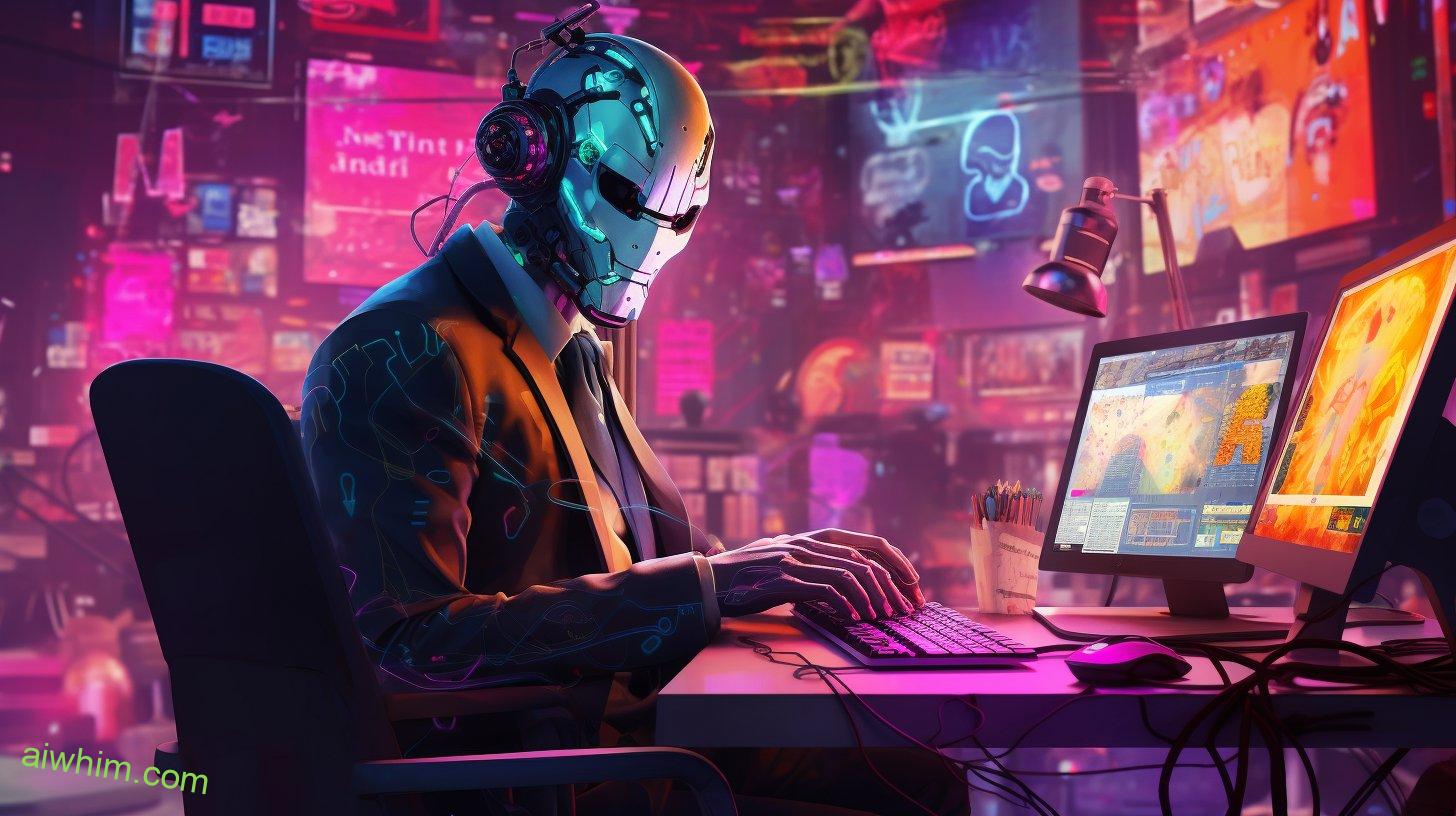
Training AI Systems for Firefighting Situations
Imagine training AI systems to recognize and respond to various firefighting situations, allowing them to assist firefighters in their life-saving efforts. With the advancements in technology, AI has the potential to revolutionize fire prevention and detection.
Here are some key points about training AI systems for firefighting situations:
- AI Systems for Fire Prevention:
- By analyzing data from various sources such as weather conditions, building structures, and historical fire incidents, AI algorithms can identify high-risk areas prone to fires.
- These AI systems can then generate predictive models that help authorities take proactive measures like implementing stricter safety regulations or conducting regular inspections.
- AI Algorithms for Early Fire Detection:
- Equipped with sophisticated sensors and cameras, AI-powered devices can identify signs of a fire outbreak at its early stages.
- Through machine learning algorithms, these devices can learn to distinguish between normal environmental factors and potential fire hazards like smoke or abnormal heat patterns.
With AI systems trained specifically for firefighting situations, firefighters will have valuable assistance in their tasks. These intelligent machines can quickly analyze complex scenarios and provide real-time information that aids decision-making during critical moments. For example, they could suggest the most efficient routes inside a burning building or recommend appropriate strategies based on the type of fire.
The integration of AI into firefighting not only enhances efficiency but also improves safety for both firefighters and civilians. By leveraging technologies like robotics and drones equipped with thermal imaging cameras, these intelligent systems can minimize human exposure to dangerous environments while maximizing effectiveness in extinguishing flames.
As we embrace this new era of firefighting empowered by AI technology, it is essential to ensure that these systems are developed ethically and with human values at their core. The freedom-oriented audience desires solutions that prioritize human life above all else while utilizing the immense potential of artificial intelligence for our collective benefit.

Ethical Considerations of AI in Firefighting
As we enter this new era of firefighting with AI technology, it is crucial for you to carefully consider the ethical implications and ensure that these systems are developed in alignment with your values. While AI has the potential to revolutionize firefighting by improving response times and reducing risks for human firefighters, there are important ethical considerations that must be addressed.
One of the key ethical implications of using AI in firefighting is privacy concerns. As AI systems become more advanced, they will gather vast amounts of data to analyze fire patterns and make predictions. This raises questions about how this data will be collected, stored, and used. Will your personal information be at risk? Will your privacy be compromised? It is essential that safeguards are put in place to protect your privacy rights while benefiting from the advancements of AI technology.
Furthermore, as AI systems become increasingly autonomous in their decision-making processes, there is a need for transparency and accountability. You have the right to understand how these systems work and how decisions are being made. There should be clear guidelines on when and how AI should intervene during firefighting operations. Ensuring that these guidelines align with your values will help maintain trust between humans and AI technology.
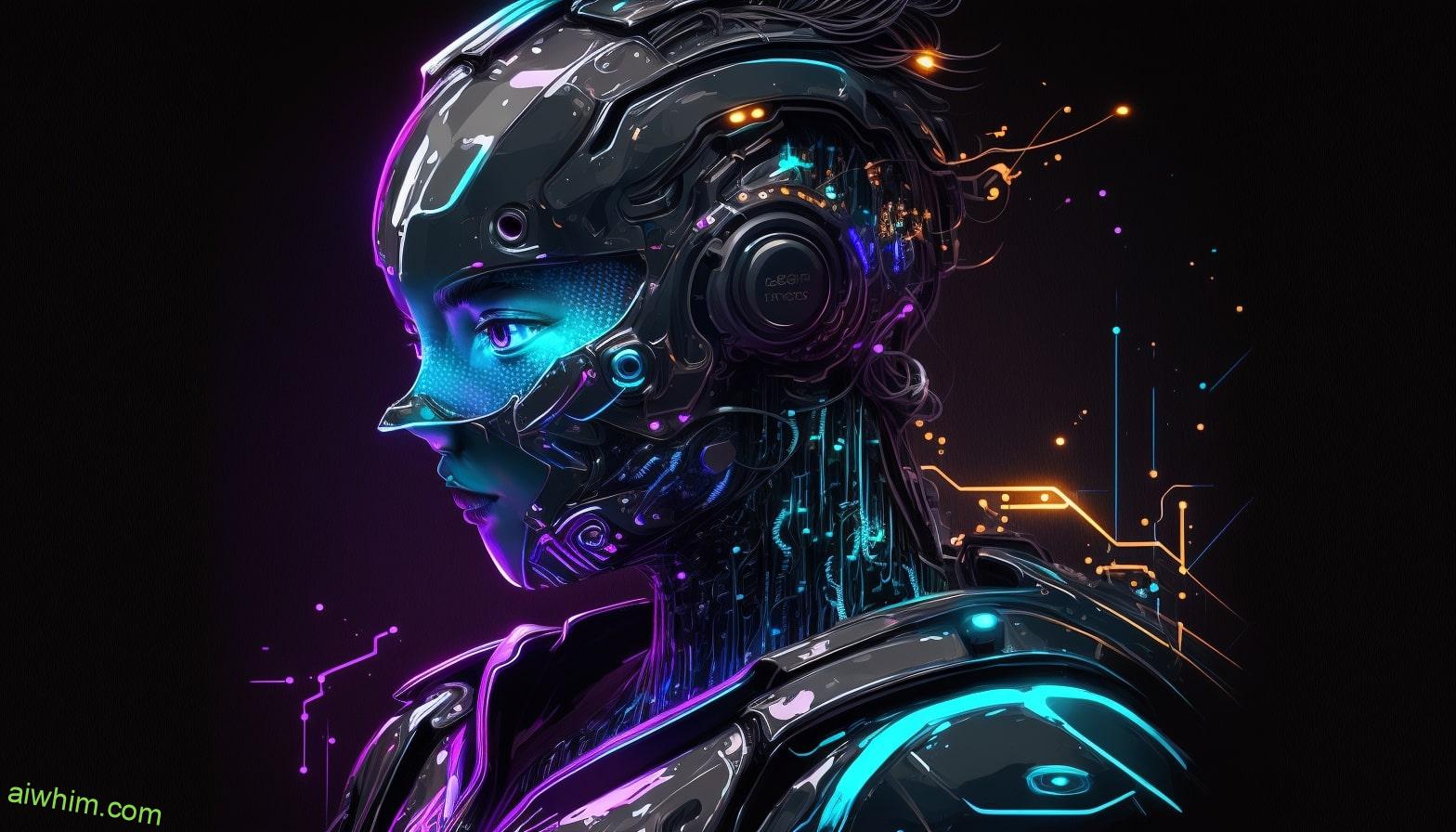
Addressing Concerns and Misconceptions About AI Firefighters
Addressing concerns and misconceptions about AI firefighters is crucial in order to foster understanding and acceptance of this innovative technology. As AI continues to advance, it is important to dispel any fears or doubts that may arise regarding its role in firefighting. Here are some key points to consider when addressing these concerns:
- Misconception: AI will replace human firefighters
- It is important to clarify that AI firefighters are designed to work alongside human firefighters, not replace them. The goal is to enhance their capabilities and provide additional support during emergency situations.
- Misconception: AI lacks ethical considerations
- Ethical considerations are a top priority when developing AI technologies for firefighting. Extensive measures are taken to ensure that the algorithms used by AI systems adhere to strict ethical guidelines, such as prioritizing human life and minimizing collateral damage.
It is essential for individuals concerned about the integration of AI in firefighting to understand these key points. By addressing misconceptions head-on, we can pave the way for meaningful discussions about the benefits of using AI in emergency response scenarios.
Furthermore, fostering an environment where questions and concerns can be openly discussed helps create a sense of transparency and trust among all stakeholders involved. This enables a collaborative approach towards implementing AI technologies responsibly while upholding individual freedoms and rights.

Collaborative Efforts: Humans and AI Working Together in Firefighting
You play a crucial role in fostering collaboration between humans and AI as they work together in firefighting. The integration of artificial intelligence into the field has opened up new possibilities, but it also raises important ethical implications. It is essential to ensure that the partnership between humans and AI is built on trust and transparency.
In this collaborative effort, humans bring their expertise, intuition, and decision-making abilities to the table. As firefighters, you have years of experience dealing with complex situations and understanding the nuances of fire dynamics. Your knowledge is invaluable in guiding AI systems and making informed decisions during emergencies.
AI, on the other hand, brings its computational power and ability to process vast amounts of data quickly. By analyzing real-time information from sensors, cameras, and other sources, AI can identify potential risks and provide valuable insights to assist you in your firefighting efforts. It can help optimize resource allocation, predict fire behavior patterns, and even suggest evacuation routes for affected areas.
However, there are ethical considerations that must be addressed when using AI in firefighting. Transparency is crucial; humans must have access to understandable explanations for any decisions made by AI systems. Accountability should also be maintained to ensure responsible use of technology.
As humans working alongside AI systems in firefighting operations, it is your responsibility to advocate for an inclusive approach that values human judgment while harnessing the capabilities of AI technology. By actively participating in the development and implementation process of these collaborative tools, you can shape how human-AI collaboration unfolds while safeguarding individual freedoms.
Together with AI as your ally rather than a replacement, you can achieve greater efficiency and effectiveness in combating fires while preserving human agency every step of the way.
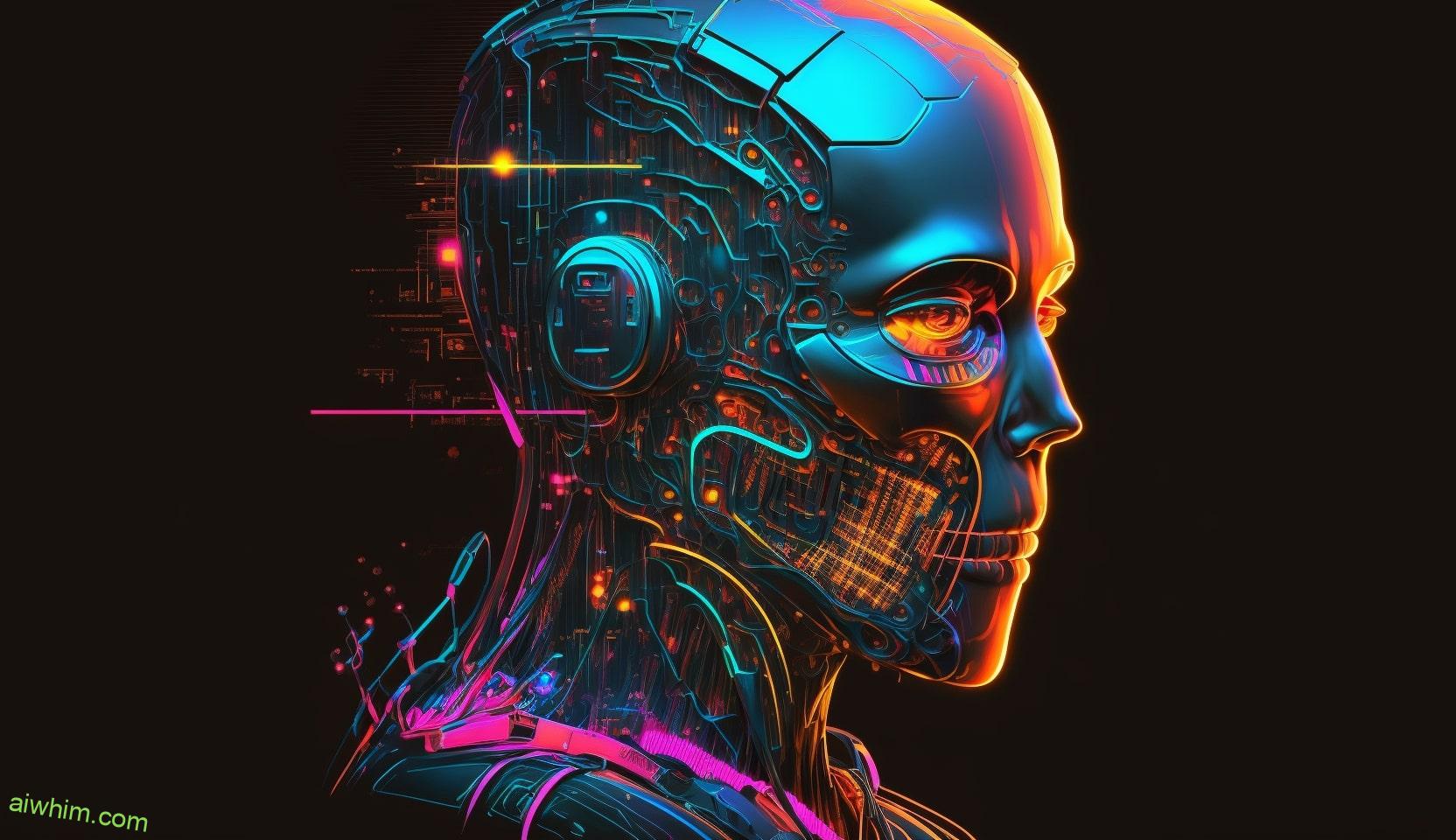
Impact of AI on Firefighter Training and Education
When it comes to firefighting training and education, AI has revolutionized the way firefighters acquire new skills and knowledge. Thanks to advancements in technology, firefighter simulation and virtual reality training have become essential tools in preparing individuals for the challenges of firefighting.
Here’s how AI is transforming firefighter training:
- Enhanced Realism:
- Firefighter simulations powered by AI algorithms provide an incredibly realistic experience. You can now step into a virtual environment that replicates real-life scenarios, making it easier to practice decision-making skills and emergency response techniques.
- Virtual reality training allows you to navigate through burning buildings, assess potential hazards, and practice using firefighting equipment. The immersive nature of these simulations helps build muscle memory and increases confidence when facing actual emergencies.
- Personalized Learning:
- AI algorithms analyze your performance during simulations to provide personalized feedback. This allows you to identify areas where improvement is needed and focus on specific skills or techniques.
- Virtual reality training also enables firefighters to train at their own pace without risking their safety or causing damage to physical structures. It provides a controlled environment where mistakes can be made without consequences, fostering a safe space for learning.
By incorporating AI into firefighter training programs, individuals are better prepared for the dynamic nature of firefighting. These technological advancements not only enhance skill development but also allow for continuous learning through simulation-based exercises. As the field continues to evolve, firefighters will benefit from the ever-improving capabilities of AI in providing realistic experiences that mirror real-world emergencies.
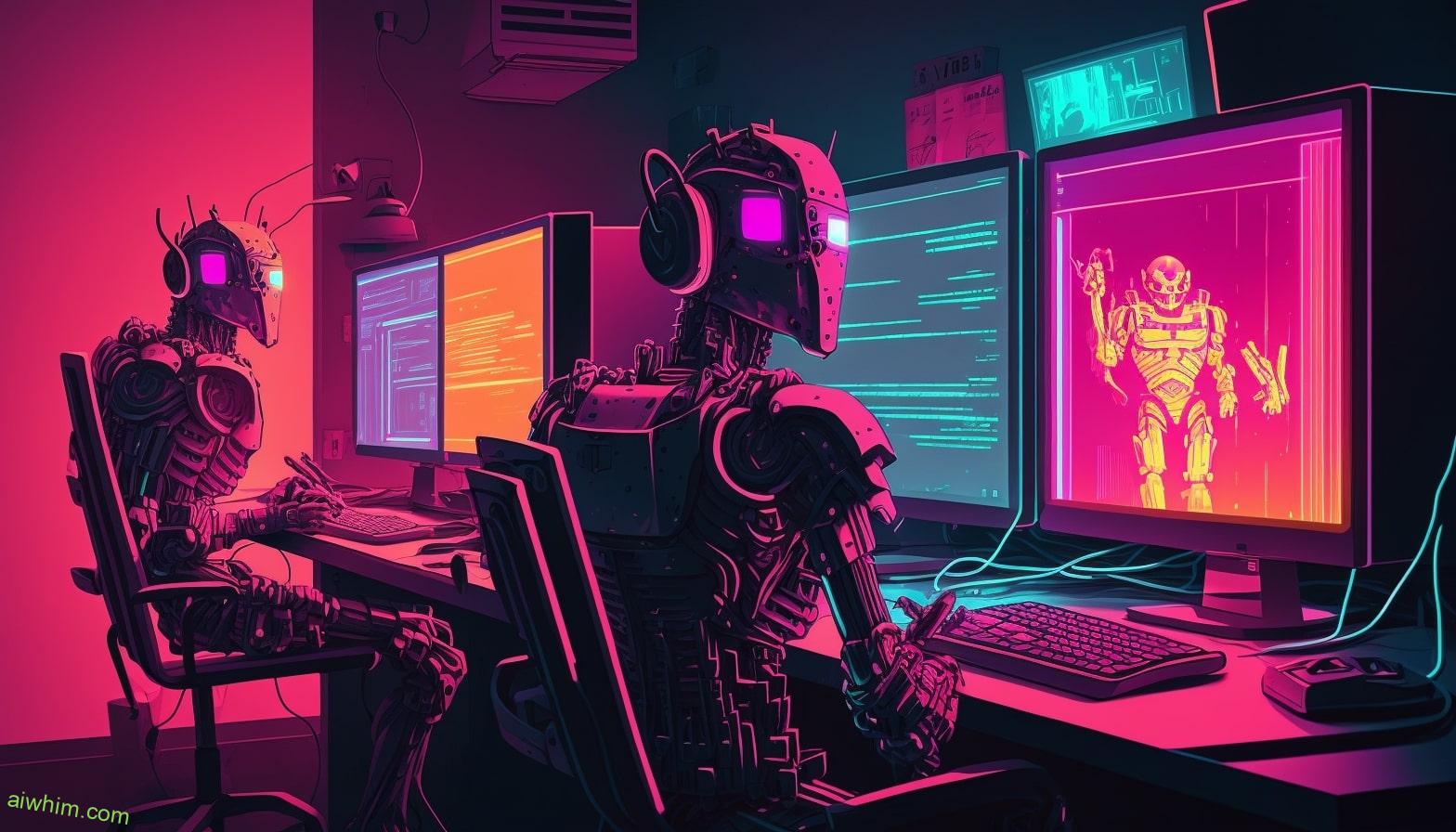
The Future of AI in Firefighting: Opportunities and Challenges
Looking ahead, it’s important to consider the potential opportunities and challenges that lie in the future of incorporating AI into firefighting practices.
As technology continues to advance at an unprecedented rate, AI has the potential to revolutionize the way we combat fires and protect lives. However, with these technological advancements come a set of future challenges that need to be addressed.
One of the main challenges is ensuring that AI systems are reliable and accurate in their decision-making processes. Firefighting requires split-second decisions, and any error or malfunction in an AI system could have devastating consequences. Therefore, rigorous testing and continuous monitoring will be essential to ensure the reliability of these systems.
Another challenge lies in integrating AI seamlessly into existing firefighting protocols and practices. Firefighters have years of experience and training, so it is crucial to develop AI systems that complement their skills rather than replace them entirely. Finding the right balance between human expertise and AI capabilities will be key to successfully implementing this technology.
Furthermore, there is a need for ongoing research and development to improve AI algorithms specifically tailored for firefighting scenarios. These algorithms should be able to analyze complex data from various sources such as sensors, drones, or satellites in real-time, enabling firefighters to make more informed decisions on strategies for containment.

Frequently Asked Questions
What Are the Ethical Considerations Surrounding the Use of AI in Firefighting?
Consider the ethical implications of AI in firefighting. AI regulations must address privacy concerns to ensure freedom and protect individuals. It’s important to weigh the benefits against potential risks before implementing such technology.
How Can AI AId in Early Detection of Fires?
Using AI based fire detection systems can greatly aid in early detection of fires. The benefits of using AI in this context include faster response times, improved accuracy, and potentially saving lives.
What Are the Current Challenges in Integrating AI Technology Into Firefighting Operations?
Integrating AI technology into firefighting operations poses challenges. However, with proper training and collaboration between humans and AI, it can enhance early detection of fires, improve response times, and save lives.
How Can AI-Enabled Predictive Modeling Be Used for Fire Risk Assessment?
Imagine a world where AI becomes your guardian against the fiery threat. With AI-powered fire risk assessment and early detection, you’ll have the freedom to focus on your life while technology safeguards your home.
How Do Collaborative Efforts Between Humans and AI Work in Firefighting?
Collaborative training between humans and AI in firefighting involves working together to enhance skills and knowledge. This partnership allows for real-time decision making, maximizing efficiency and effectiveness in emergency response situations.

Conclusion
In conclusion, AI has the potential to revolutionize the field of firefighting. It can enhance fire prevention and early detection efforts.
While there are still challenges and concerns surrounding AI integration, collaborative efforts between humans and AI can create safer communities and more efficient firefighting practices. The future of AI in firefighting holds immense opportunities, but it also requires careful consideration and continued collaboration for its successful implementation.







